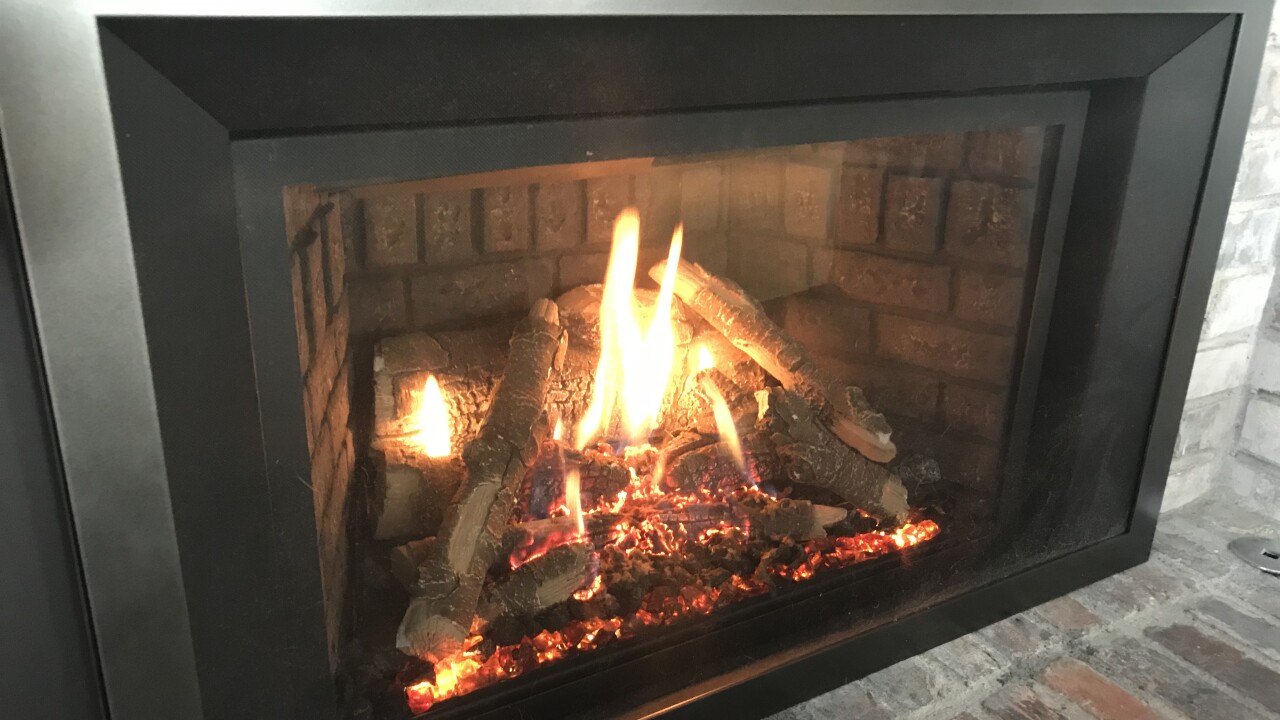

Articles
How To Use Gas Chimney
Modified: December 7, 2023
Learn how to effectively use gas chimneys with our informative articles. Discover tips, tricks, and safety precautions for a hassle-free experience.
(Many of the links in this article redirect to a specific reviewed product. Your purchase of these products through affiliate links helps to generate commission for Storables.com, at no extra cost. Learn more)
Introduction
When it comes to heating your home efficiently and effectively, a gas chimney can be a great addition. Gone are the days of dealing with messy wood or coal, constant cleaning, and inconsistent heat output. A gas chimney offers convenience, cleanliness, and reliable warmth, making it a popular choice for homeowners.
Gas chimneys use natural gas or propane to create a clean and controlled flame that provides heat. They are designed to mimic the look and feel of a traditional fireplace, with a realistic flame and adjustable temperature settings. Whether you have a modern home or a traditional one, a gas chimney can seamlessly blend into any decor style.
In this article, we will explore the benefits of using a gas chimney, how to choose the right one for your home, the installation process, how to ignite and operate it, cleaning and maintenance tips, troubleshooting common issues, and important safety precautions.
By the end of this article, you’ll have a comprehensive understanding of gas chimneys and be equipped with the knowledge to make an informed decision about whether it’s the right heating option for your home.
Key Takeaways:
- Enjoy the convenience, cleanliness, and reliable warmth of a gas chimney. Choose the right model, follow safety precautions, and prioritize regular maintenance for optimal performance and longevity.
- Prioritize safety, proper ventilation, and regular maintenance to ensure the efficient and safe operation of your gas chimney. Create a cozy ambiance while keeping your home and loved ones safe.
Read more: How To Turn On A Gas Chimney
Benefits of Using a Gas Chimney
Using a gas chimney in your home comes with several advantages that make it a preferred heating option for many homeowners. Let’s explore some of the key benefits:
- Convenience: One of the major benefits of a gas chimney is the convenience it offers. With just a press of a button or a flip of a switch, you can ignite the flame and enjoy instant warmth. There’s no need to gather firewood, wait for it to ignite, or deal with the hassle of lighting and maintaining a fire. You have full control over the temperature settings, allowing you to create a cozy and comfortable environment at any time.
- Clean and Eco-friendly: Gas chimneys produce clean-burning flames, resulting in minimal smoke, soot, or ash. Unlike traditional fireplaces, there’s no need to handle messy wood or clean up the aftermath of a fire. Additionally, gas chimneys do not contribute to indoor air pollution and have a lower carbon footprint compared to wood-burning options. They are a more eco-friendly choice for heating your home.
- Consistent Heat Output: Gas chimneys provide a reliable and consistent heat output, ensuring that your home stays warm and comfortable during the colder months. You can easily adjust the flame intensity and temperature settings to meet your specific heating needs. Say goodbye to uneven heat distribution and unpredictable firewood that may burn out quickly.
- No Chimney Maintenance: Unlike wood-burning fireplaces that require regular chimney cleaning to remove creosote buildup, gas chimneys do not produce substantial residue. This means less maintenance and reduced risk of chimney fires. However, it is still important to have a professional inspect and service your gas chimney periodically to ensure optimal performance and safety.
- Energy Efficiency: Gas chimneys are highly energy-efficient, allowing you to save on heating costs. They convert a large percentage of the fuel’s energy into heat, minimizing wastage. Some models even come with energy-saving features and programmable timers, allowing you to regulate the heating according to your schedule and save energy when no one is home.
Overall, a gas chimney provides the perfect balance of convenience, cleanliness, reliability, and energy efficiency. It offers a hassle-free and eco-friendly way to heat your home, creating a cozy and inviting atmosphere for you and your family to enjoy during the colder months.
Choosing the Right Gas Chimney
When it comes to choosing the right gas chimney for your home, there are several factors to consider. Taking the time to evaluate these factors will help ensure that you select a chimney that meets your heating needs, complements your home’s aesthetics, and adheres to safety standards. Here are some key considerations to keep in mind:
- Size and Heating Capacity: Start by assessing the size of the room or area you want to heat. Gas chimneys come in various sizes and have different heating capacities, so it’s essential to choose one that can provide adequate warmth for your space. You can consult with a professional or refer to the manufacturer’s specifications to determine the appropriate size and heating capacity for your needs.
- Style and Design: Consider the style and design of the gas chimney, ensuring it complements your home’s interior. Gas chimneys come in a wide range of styles, from traditional and rustic to modern and sleek. Whether you prefer the classic look of a brick surround or the contemporary appeal of a glass-fronted chimney, there is a design to suit your aesthetic preferences.
- Installation Options: Gas chimneys can be installed in existing fireplaces, inserted into wall cavities, or built as freestanding units. Consider the available installation options in your home and choose a design that fits your desired placement. If you’re not sure which installation method is suitable for your home, consult with a professional chimney installer or contractor.
- Venting Requirements: Gas chimneys require proper venting to ensure combustion gases are safely expelled from your home. There are two main types of venting options: direct venting and vent-free. Direct venting requires a dedicated venting system that uses a pipe to draw in fresh air for combustion and expel the exhaust gases outside. Vent-free chimneys, on the other hand, do not require any venting and use a catalytic converter to clean and recycle the combustion byproducts. Consider your home’s ventilation capabilities and local building codes when choosing the venting option.
- Additional Features: Some gas chimneys come with additional features that can enhance your heating experience. These may include remote controls for convenient operation, adjustable flame settings, thermostat controls for temperature regulation, and even built-in blowers to distribute heat more effectively. Evaluate the available features and choose the ones that align with your preferences and heating needs.
Remember, choosing the right gas chimney requires thoughtful consideration of your specific requirements, and it’s always recommended to consult with professionals to ensure proper installation and adherence to safety guidelines. By considering factors such as size, style, installation options, venting requirements, and additional features, you can select a gas chimney that not only provides efficient heat but also enhances the overall ambiance of your home.
Gas Chimney Installation
Installing a gas chimney requires careful planning and adherence to safety protocols. It is recommended to hire a professional chimney installer or contractor who has experience with gas chimney installations. However, understanding the basic steps involved in gas chimney installation can help you make informed decisions and ensure that the installation process is carried out correctly. Here’s an overview of the installation process:
- Assess the Location: Determine the ideal location for your gas chimney. Consider factors such as accessibility, ventilation requirements, and proximity to combustible materials. It’s essential to choose a safe and suitable location to minimize any potential safety risks.
- Prepare the Opening: If you’re installing a gas chimney in an existing fireplace, ensure that the opening is clean and cleared of any debris. If you’re creating a new opening, consult a professional to determine the appropriate dimensions and ensure the structural integrity of the surrounding wall or chimney area.
- Install the Chimney Pipe: Connect the gas chimney pipe to the appliance and route it through the chimney or wall cavity. Ensure that all joints are properly sealed to prevent any gas leaks. Follow the manufacturer’s instructions and consult with a professional if you’re unsure about the proper installation technique.
- Connect the Venting System: If you’re using a direct venting system, connect the vent pipe to the gas chimney and route it to the exterior of the building. Make sure the vent pipe is properly sealed and secured. If you’re using a vent-free system, ensure that the catalytic converter is installed correctly and that the necessary safety measures are in place.
- Gas Connection and Testing: Connect the gas supply line to the gas chimney, following all local codes and regulations. It’s crucial to ensure that gas connections are secure and leak-free. Once the installation is complete, perform a thorough gas leak test to verify that there are no leaks in the system. This test should be carried out by a qualified technician.
- Professional Inspection: After the installation is complete, it’s advisable to have a professional chimney inspector or technician inspect the gas chimney. They will verify that the installation meets safety standards, ensure proper venting, and check for any possible issues that may have been overlooked.
Gas chimney installation is a complex process that requires technical expertise and knowledge of local building codes. It’s essential to prioritize safety and rely on professionals to handle the installation. A correctly installed gas chimney will not only ensure efficient and safe operation but also provide you with peace of mind as you enjoy the warmth and ambiance it brings to your home.
Igniting and Operating the Gas Chimney
Once your gas chimney is properly installed, it’s time to learn how to ignite and operate it effectively. The process of igniting and operating a gas chimney may vary depending on the specific model and manufacturer’s instructions. However, here are some general guidelines to help you get started:
- Read the Manual: Before attempting to ignite and operate your gas chimney, carefully read the manufacturer’s manual that comes with the appliance. Familiarize yourself with the specific instructions, safety precautions, and any unique features or settings.
- Check for Gas Leaks: Prior to igniting the gas chimney, always perform a thorough check for gas leaks. Use a gas leak detection solution or consult a qualified technician to ensure that there are no gas leaks in the system. Safety should be your top priority.
- Ignition Method: Gas chimneys typically have different ignition methods, such as using a pilot light, electronic ignition, or a remote control. Follow the manufacturer’s instructions on how to properly ignite the flame using your specific ignition method. If you are unsure, consult a professional to ensure safe operation.
- Adjust Flame Intensity: Most gas chimneys allow you to adjust the flame intensity to control the heat output and create the desired ambiance. Refer to the manual for instructions on how to adjust the flame. Typically, this can be done through the control panel or using a remote control.
- Temperature Control: Many gas chimneys come with temperature control options to regulate the heat output. Experiment with the temperature settings to find the optimal comfort level for your space. Remember to follow the manufacturer’s recommendations and avoid setting the temperature too high or leaving the gas chimney unattended.
- Operating Safety: Ensure proper ventilation during operation by keeping air vents and flues open to allow fresh air to enter and exhaust gases to safely exit. Avoid placing any combustible materials near the gas chimney and never obstruct the airflow. Keep children and pets away from the appliance to prevent accidental burns or injuries.
- Follow Maintenance Schedule: Regularly maintain and service your gas chimney according to the manufacturer’s recommended schedule. This may include cleaning the glass front, inspecting and cleaning the burners, and checking for any signs of wear or damage. Proper maintenance will ensure optimal performance and extend the lifespan of your gas chimney.
It’s important to note that these guidelines are general in nature, and it’s crucial to follow the specific instructions provided by the manufacturer of your gas chimney. If you have any concerns or questions regarding the ignition process or operation of your specific model, consult a professional or contact the manufacturer directly for assistance. By properly igniting and operating your gas chimney, you’ll be able to enjoy the warmth and ambiance it provides with peace of mind.
Make sure the damper is open before lighting a fire in your gas chimney. Keep the area around the chimney clear of any flammable materials and have it inspected annually by a professional.
Read more: How Often To Clean Gas Fireplace Chimney
Cleaning and Maintenance of a Gas Chimney
Regular cleaning and maintenance are essential to ensure the efficient and safe operation of your gas chimney. By following a proper cleaning and maintenance routine, you can prolong the lifespan of the appliance and prevent any potential issues from arising. Here are some important steps to keep your gas chimney in optimal condition:
- Clean the Glass Front: The glass front of your gas chimney may accumulate dirt, dust, or residue over time. Use a mild glass cleaner and a soft cloth to gently clean the glass surface. Avoid abrasive materials that could scratch the glass. Regular cleaning will help maintain a clear view of the flame and enhance the aesthetic appeal of your chimney.
- Inspect and Clean the Burners: Over time, the burners of your gas chimney can collect debris, dust, or spider webs, which can affect the performance of the appliance. Inspect the burners regularly and clean them using a soft brush or compressed air to remove any buildup. Ensure that the burners are free from obstructions and operating smoothly.
- Check for Gas Leaks: Gas leaks are a serious safety concern and should be addressed immediately. Regularly inspect all connections, valves, and gas lines for any signs of leaks. Use a gas leak detection solution or consult a qualified technician to perform a thorough leak test. If you suspect a gas leak at any time, turn off the gas supply and contact a professional immediately.
- Keep the Surrounding Area Clean: Regularly clean the area around your gas chimney to prevent the accumulation of dust, dirt, or debris. Pay attention to the ventilation openings, air intakes, and any accessible parts of the chimney. Keep the surrounding area free from any potentially flammable materials to minimize fire hazards.
- Schedule Professional Maintenance: It’s recommended to schedule professional maintenance for your gas chimney at least once a year. A qualified technician can inspect the chimney, clean the internal components, check for any signs of wear or damage, and ensure that all parts are functioning correctly. They can also perform any necessary adjustments or repairs to keep your gas chimney in peak condition.
- Refer to Manufacturer’s Guidelines: Always refer to the manufacturer’s guidelines and recommendations for specific cleaning and maintenance instructions. Each gas chimney model may have unique requirements, so it’s important to follow the provided guidelines to ensure proper care and maintenance.
By incorporating regular cleaning and maintenance practices into your routine, you can ensure that your gas chimney operates efficiently, remains safe, and provides optimal warmth and comfort in your home. If you have any concerns or are unsure about any aspect of the cleaning or maintenance process, consult a professional chimney service provider for expert advice and assistance.
Troubleshooting Common Issues with a Gas Chimney
While gas chimneys are generally reliable and low-maintenance, occasionally, you may encounter some common issues that require troubleshooting. By understanding these issues and knowing how to resolve them, you can keep your gas chimney operating smoothly. Here are some common problems and their potential solutions:
- Difficulty Igniting: If you’re having trouble igniting the gas chimney, check that the gas supply is turned on, and there are no gas leaks. Ensure that the pilot light or electronic ignition system is functioning correctly. If the issue persists, contact a professional technician to inspect and resolve the ignition problem.
- Weak Flame or Low Heat Output: If you notice a weak flame or lower than expected heat output, check that the gas supply is sufficient and not restricted. Ensure the burners are clean and free from any obstructions. If the issue persists, consult a professional to assess the gas pressure and confirm if any adjustments are needed.
- Unusual Odors or Smells: A strong gas odor or any unusual smells coming from your gas chimney may indicate a gas leak. Immediately turn off the gas supply, open windows for ventilation, and contact a qualified technician or emergency services. Do not attempt to use the gas chimney until the issue is resolved.
- Sooting or Black Residue: Sooting or black residue buildup on the glass front or internal components can occur due to incomplete combustion. Ensure the burners are clean and the air vents are not blocked. If the problem persists, contact a technician to inspect and adjust the gas-to-air ratio for proper combustion.
- Frequent Pilot Light Outages: If the pilot light frequently goes out, it may be due to a faulty thermocouple or a draft in the area. Check that the pilot light flame is strong and steady. If the issue continues, consult a professional to inspect and replace any faulty components or make necessary adjustments.
- Malfunctioning Remote Control or Controls: If the remote control or control panel is not functioning correctly, check the batteries in the remote and ensure they are properly installed. If the issue persists, refer to the manufacturer’s manual for troubleshooting steps or contact the manufacturer for assistance.
Remember, if you encounter any persistent issues or are unsure about how to troubleshoot a problem with your gas chimney, it’s best to consult a professional technician with expertise in gas chimney systems. They have the knowledge and experience to identify and resolve issues safely and efficiently.
Safety Precautions for Using a Gas Chimney
While gas chimneys are designed to provide a safe and efficient heating solution, it’s crucial to prioritize safety when using them in your home. By following these safety precautions, you can minimize the risk of accidents, ensure the well-being of your household, and enjoy your gas chimney with peace of mind:
- Professional Installation: Ensure that your gas chimney is installed by a qualified professional who is experienced in gas chimney systems. Proper installation is crucial for safe operation and adherence to local building codes.
- Regular Maintenance: Schedule regular maintenance and inspections by a professional technician to ensure that your gas chimney is in good working condition. Regular maintenance can prevent issues, identify potential hazards, and extend the lifespan of your appliance.
- Keep Combustible Materials Away: Keep all flammable materials, such as furniture, curtains, and decorations, a safe distance away from your gas chimney. Ensure that there is ample clearance around the appliance to prevent accidental ignition or fire hazards.
- Proper Ventilation: Gas chimneys require proper ventilation for safe operation. Ensure that air vents, exhaust pipes, and flues are not blocked or obstructed. Sufficient ventilation allows for the proper combustion of gas and prevents the accumulation of harmful gases in your home.
- Install Carbon Monoxide Detectors: Carbon monoxide (CO) is a colorless, odorless gas that can be produced by gas chimneys. Install carbon monoxide detectors in your home, particularly in areas close to the gas chimney. Regularly check the batteries and ensure that the detectors are in working order.
- Use a Carbon Monoxide Alarm: In addition to carbon monoxide detectors, consider using a carbon monoxide alarm specifically designed for gas chimneys. These alarms provide an additional layer of protection by detecting and alerting you to the presence of carbon monoxide in real-time.
- Follow Manufacturer’s Guidelines: Always refer to the manufacturer’s guidelines and instructions for operating your specific gas chimney model. Follow the recommended maintenance procedures, operational instructions, and safety precautions outlined by the manufacturer.
- Exercise Caution with Children and Pets: Keep children and pets a safe distance away from the gas chimney to prevent accidental burns, injuries, or damage. Create a physical barrier or use safety gates if necessary to restrict access to the area around the appliance.
- Never Leave the Gas Chimney Unattended: It’s important never to leave the gas chimney unattended while it’s in operation. Always ensure that someone is present in the room or area where the chimney is being used. Turn off the appliance when you leave the room or go to sleep.
- Educate Household Members: Educate everyone in your household about the proper operation and safety precautions associated with the gas chimney. Teach them how to recognize the signs of a gas leak and instruct them on emergency procedures in case of a gas-related incident.
Remember, safety is paramount when using a gas chimney. By following these precautions and using common sense, you can enjoy the warmth and comfort provided by your gas chimney while ensuring the well-being of your home and loved ones.
Conclusion
In conclusion, a gas chimney offers numerous benefits as a heating option for your home. With its convenience, cleanliness, and reliable heat output, it’s no wonder why many homeowners are opting for gas chimneys. By choosing the right gas chimney for your home and following the proper installation procedures, you can enjoy the warmth and ambiance it brings to your living space.
When igniting and operating your gas chimney, it’s crucial to follow the manufacturer’s instructions and prioritize safety. Regular cleaning and maintenance are essential for the efficient and safe operation of your gas chimney. By scheduling professional inspections and performing routine cleaning tasks, you can ensure optimal performance and longevity of your appliance.
In the event of any issues or troubleshooting needs, consult with a professional technician or contact the manufacturer for assistance. Safety precautions, such as proper ventilation, keeping combustible materials away, and installing carbon monoxide detectors, should always be prioritized to mitigate potential hazards.
Ultimately, a gas chimney is not only a practical heating solution but also an attractive addition to your home. Its versatility in design allows it to blend seamlessly with any decor style, providing both warmth and visual appeal.
Whether you’re looking to enhance your heating system or create a cozy ambiance in your living space, a gas chimney is a reliable and efficient option. As you embark on your journey with a gas chimney, remember to prioritize safety, follow proper maintenance procedures, and enjoy the comfort and warmth it provides to your home for years to come.
Frequently Asked Questions about How To Use Gas Chimney
Was this page helpful?
At Storables.com, we guarantee accurate and reliable information. Our content, validated by Expert Board Contributors, is crafted following stringent Editorial Policies. We're committed to providing you with well-researched, expert-backed insights for all your informational needs.
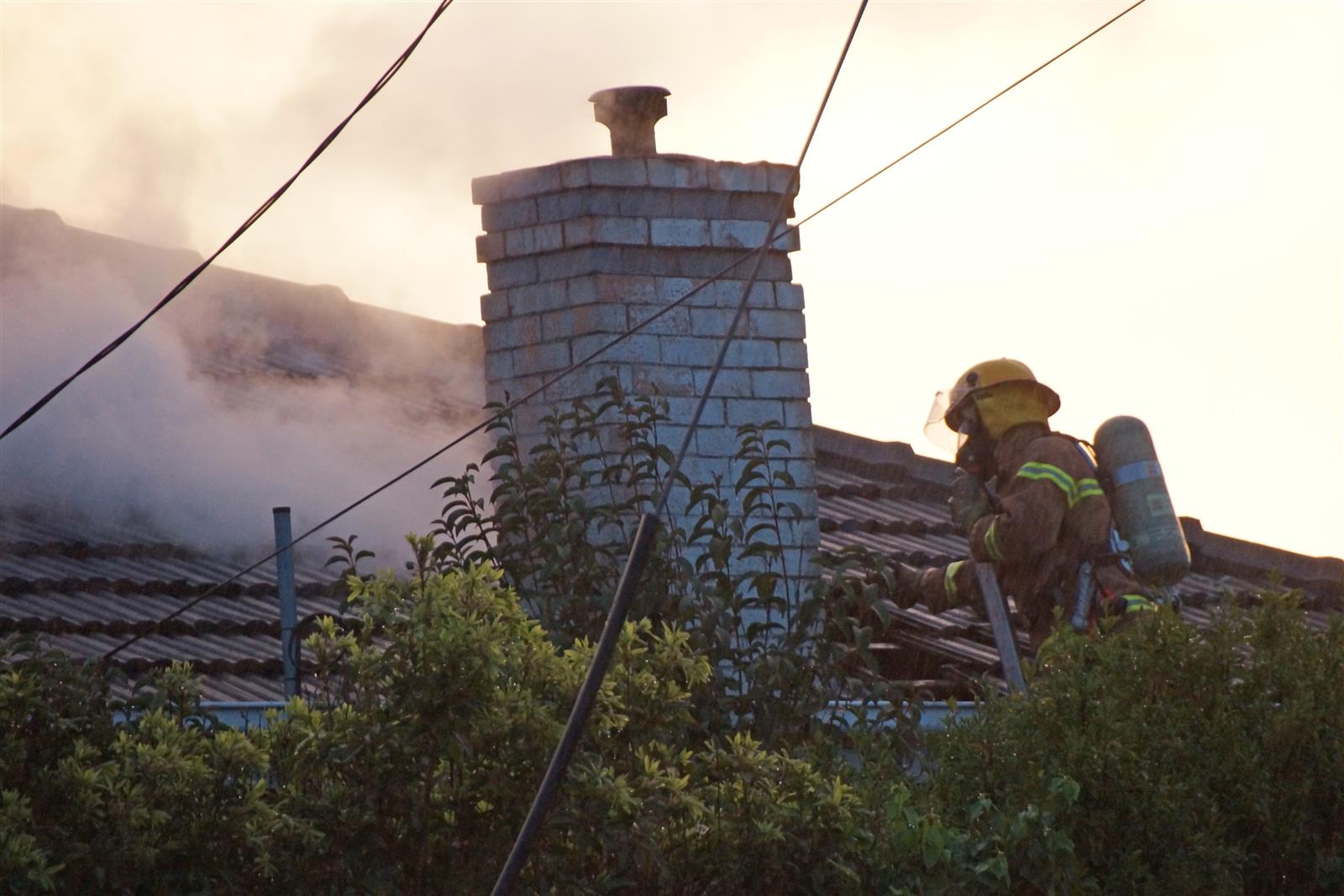
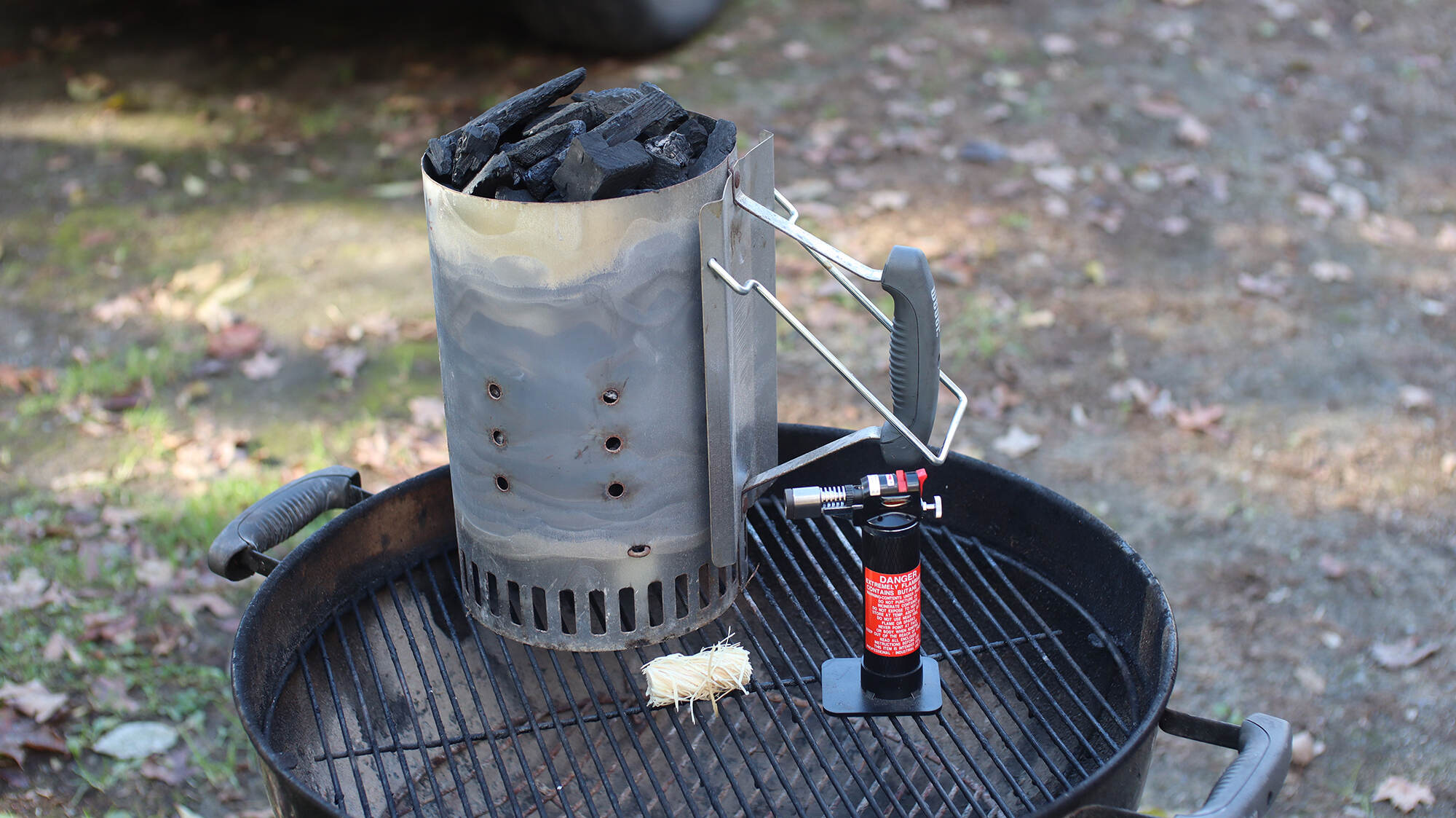
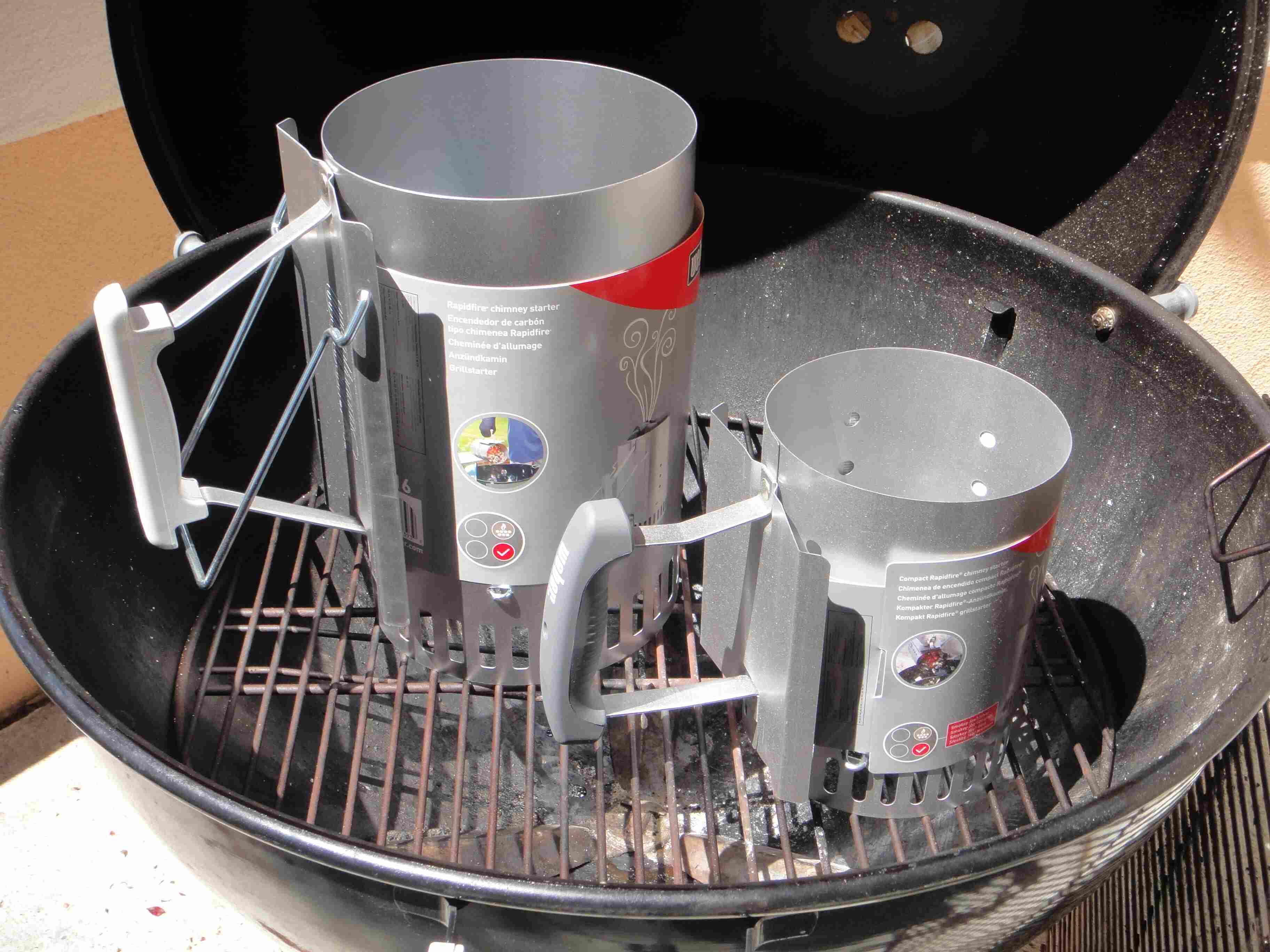


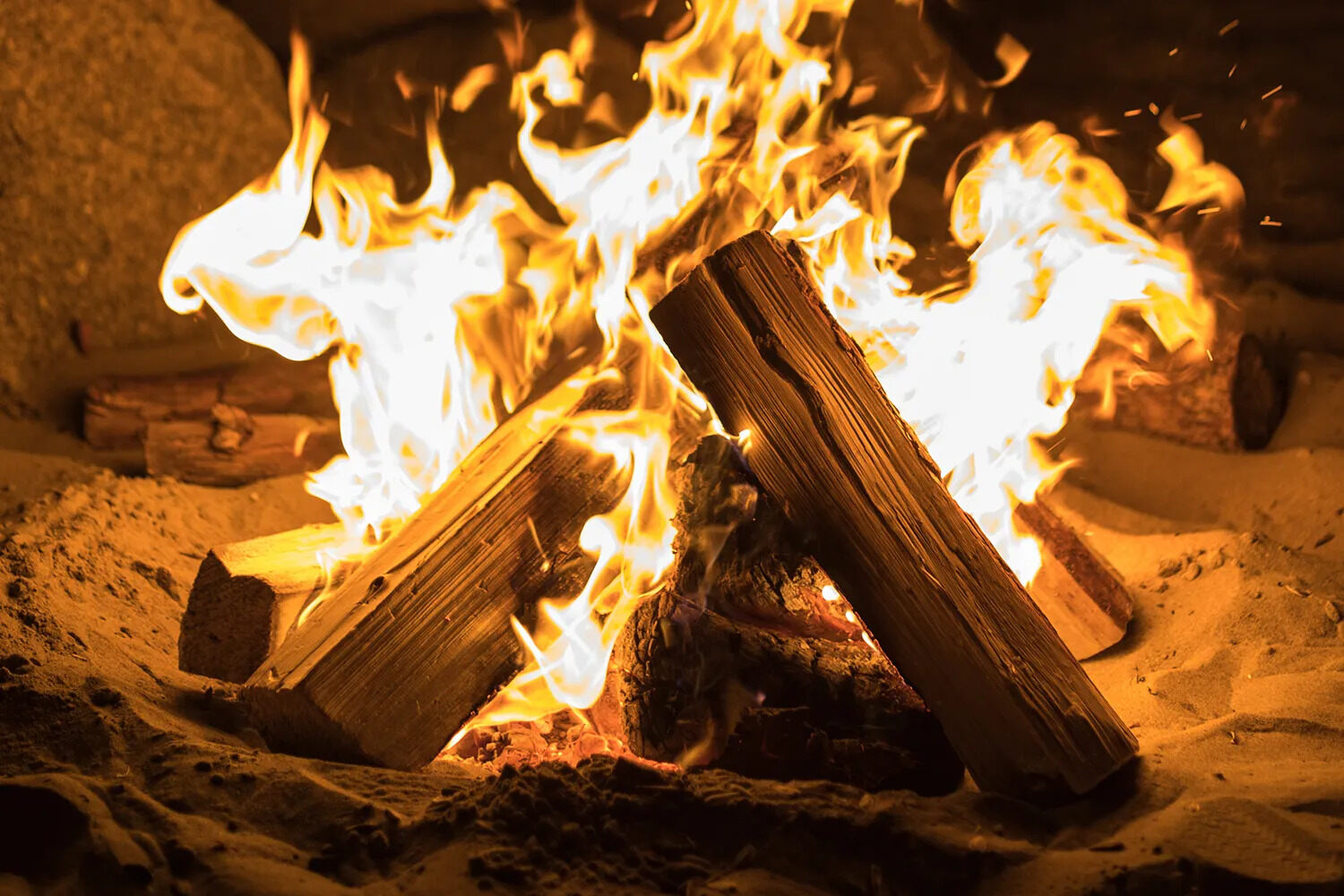


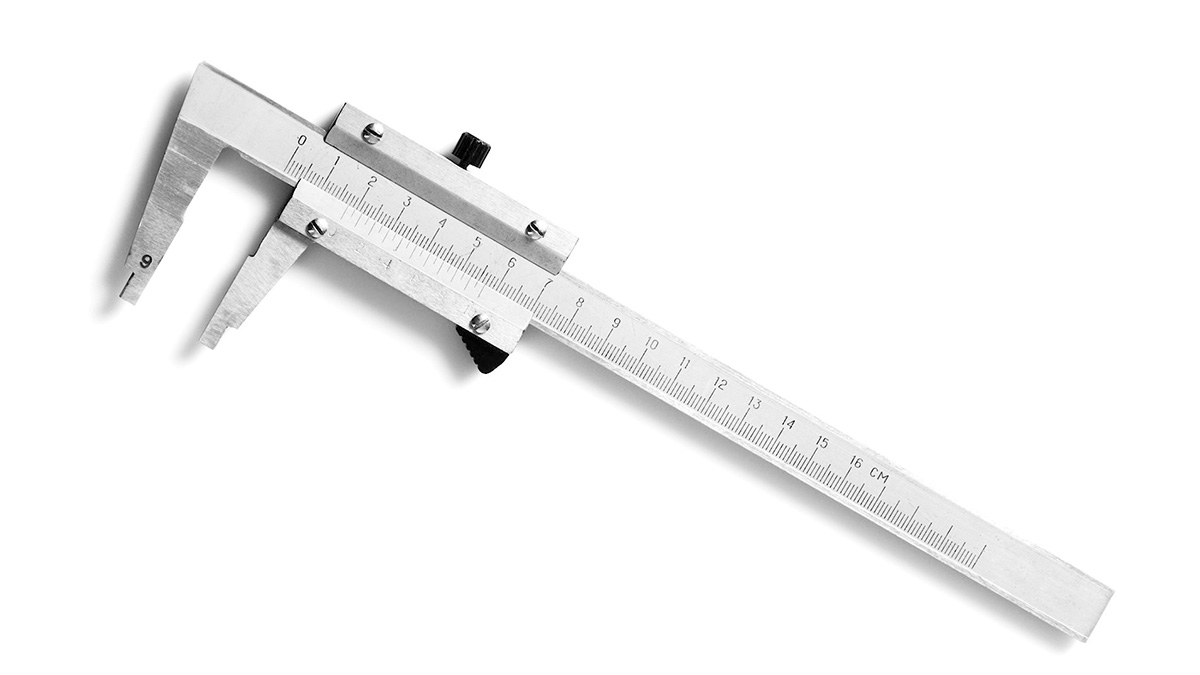
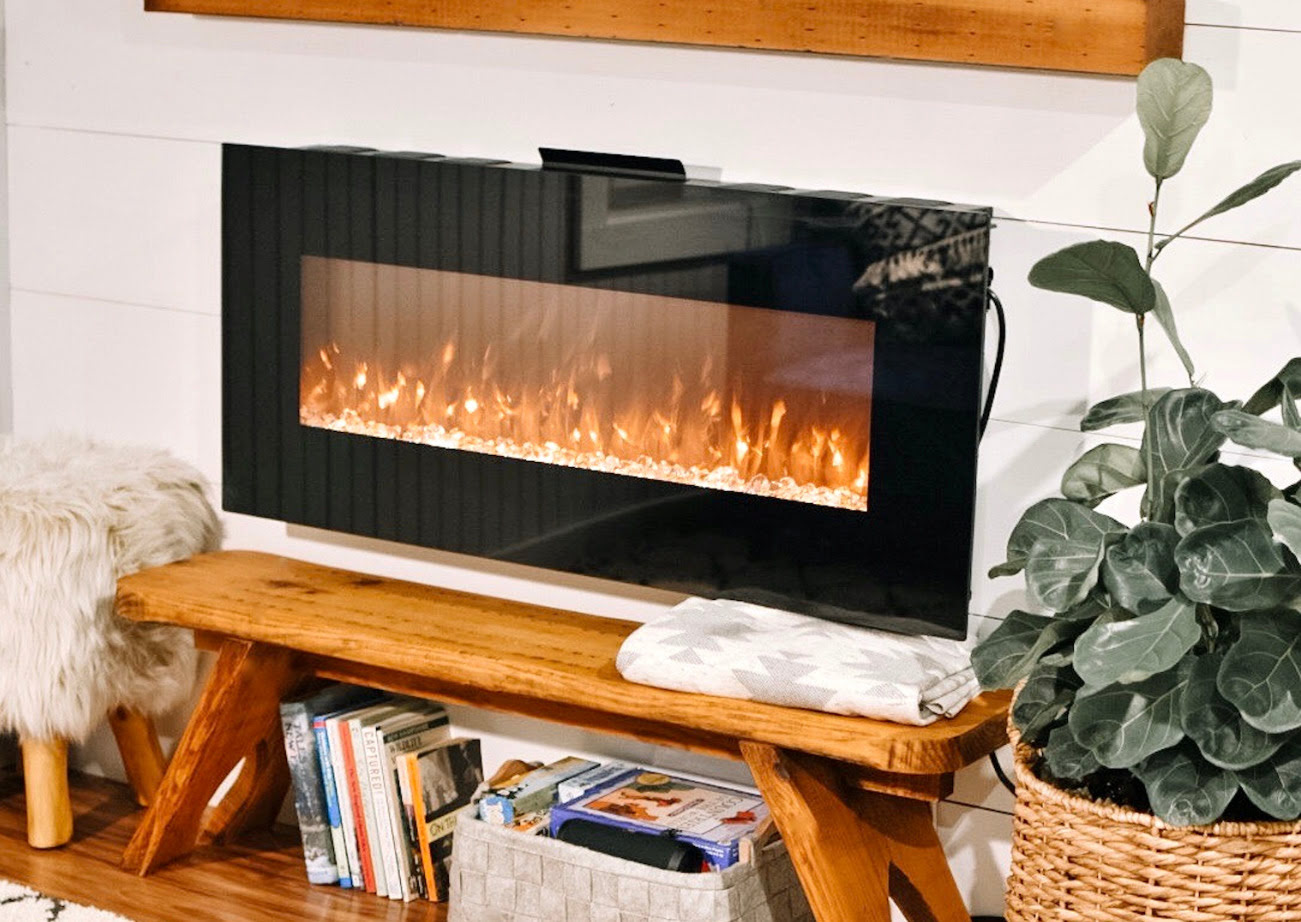
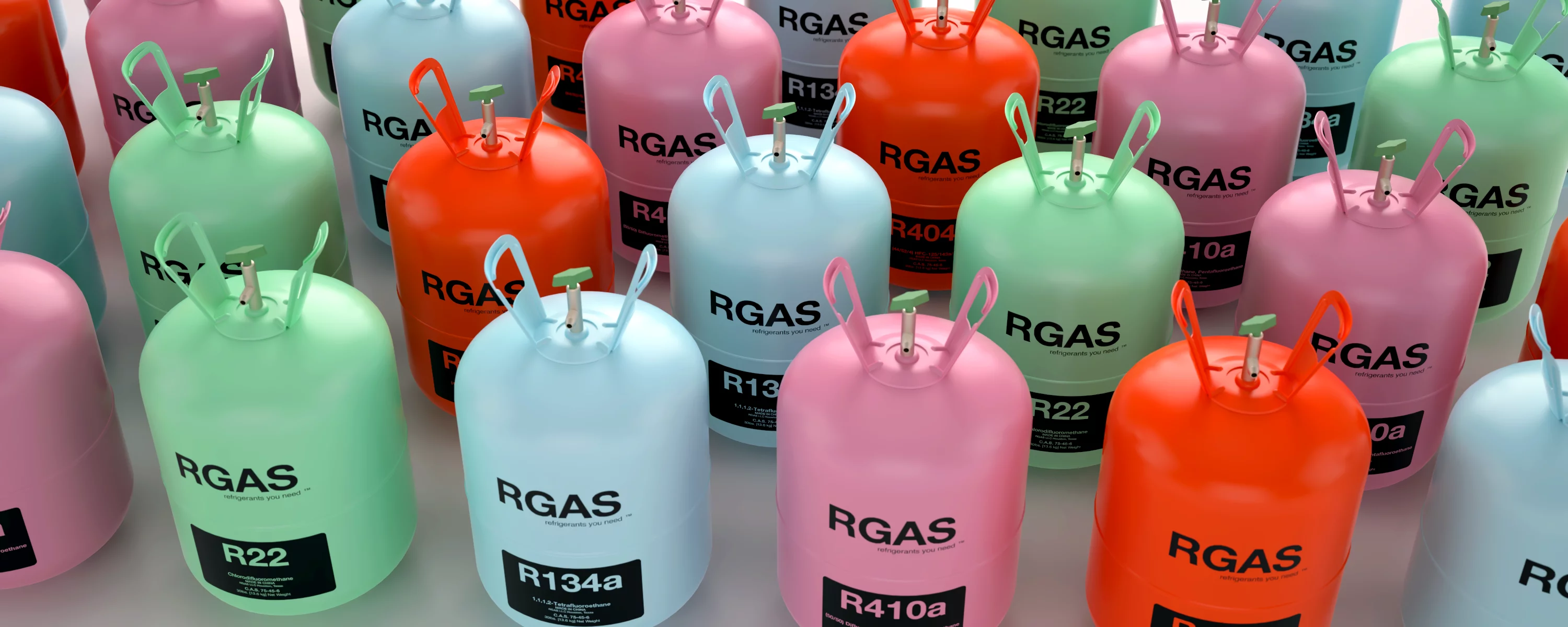
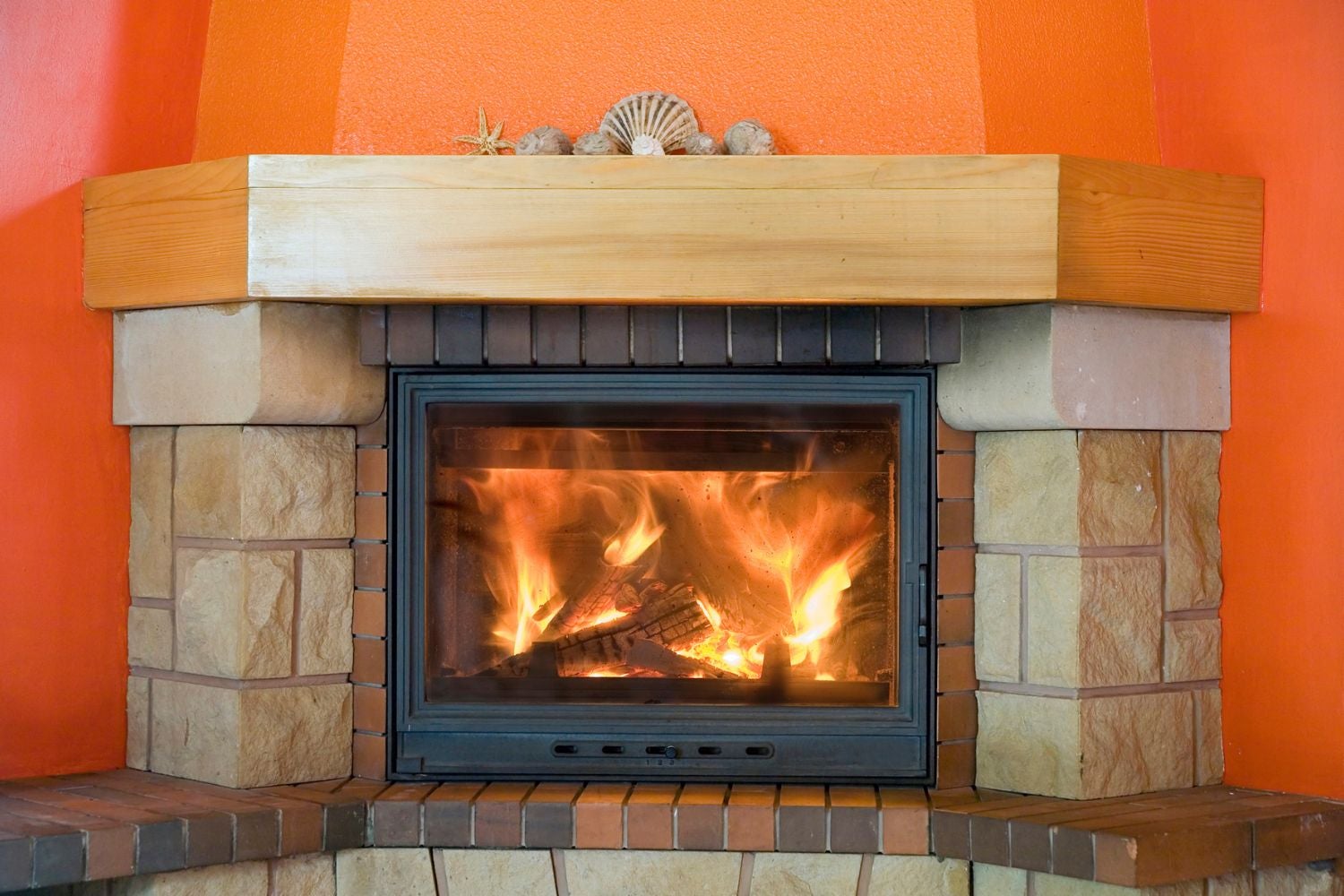
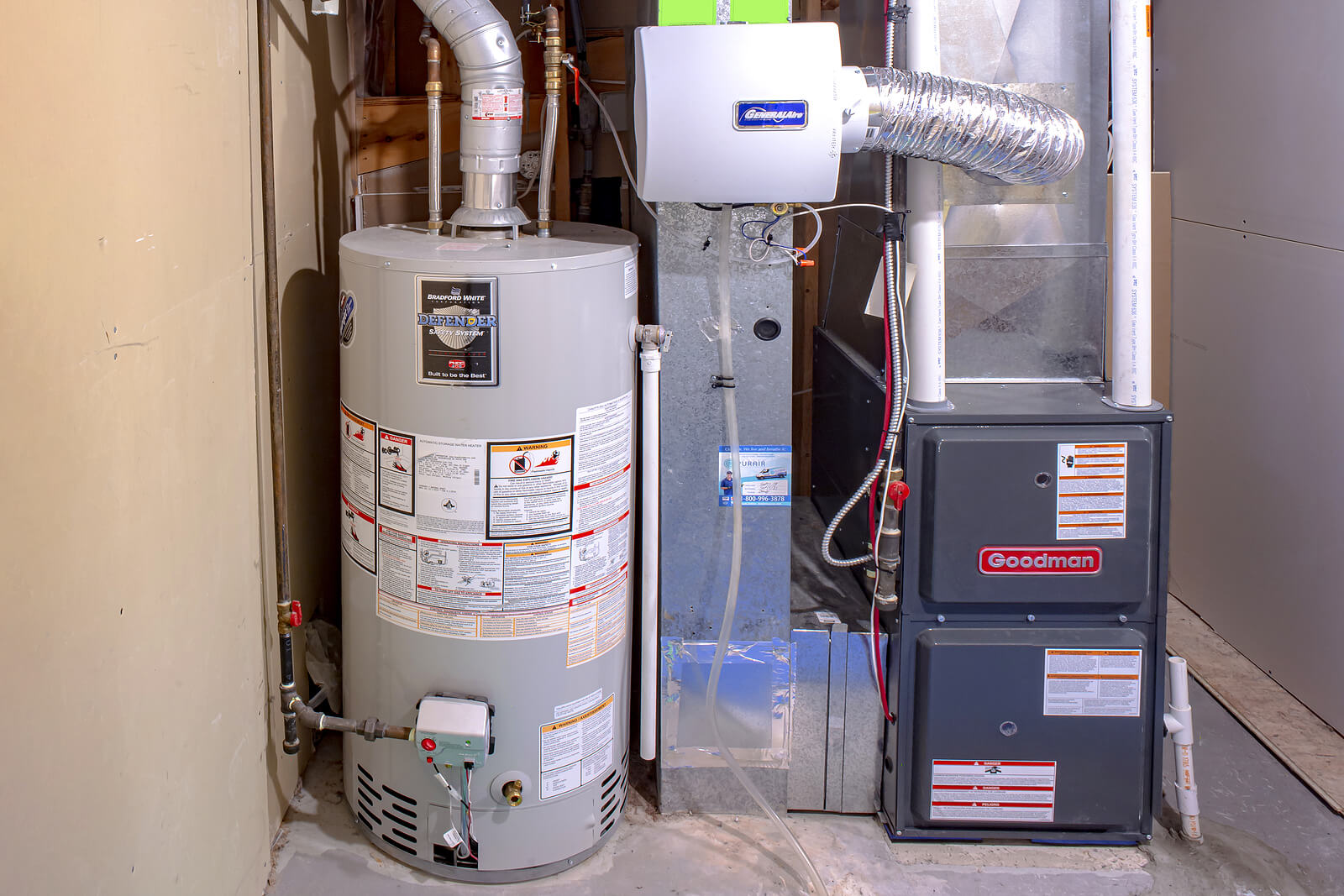
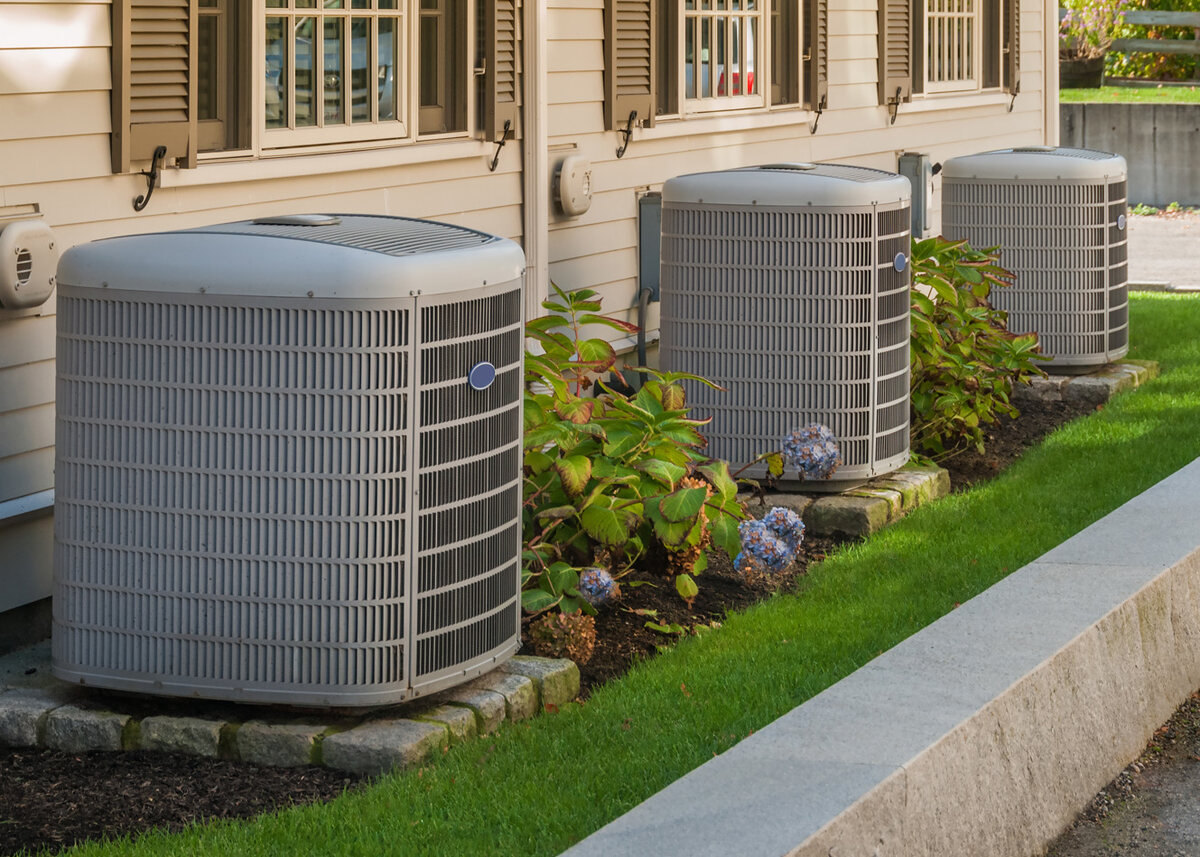

0 thoughts on “How To Use Gas Chimney”